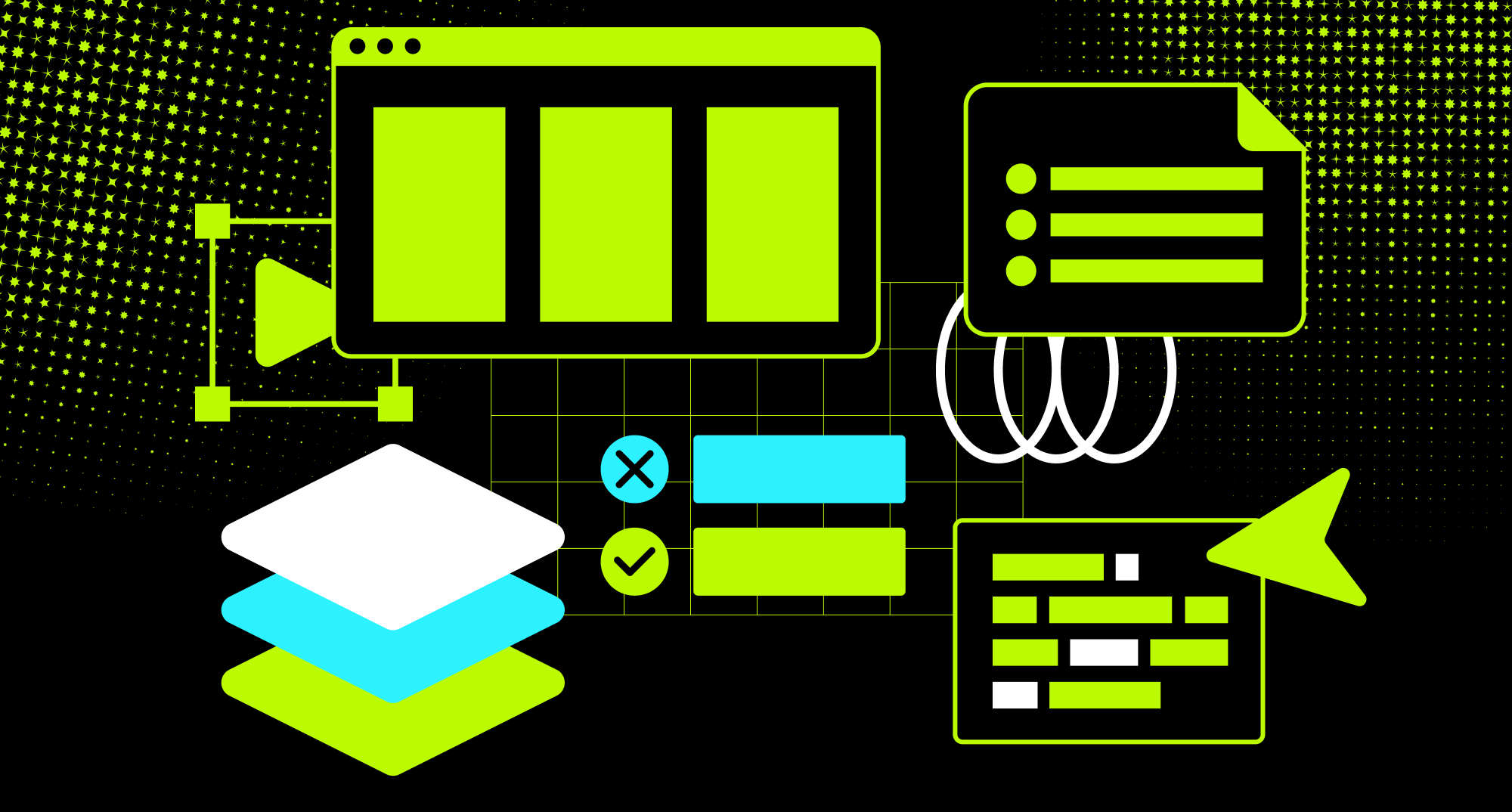Ruby on Rails is an excellent choice for anyone looking for a high-quality, highly popular back-end web development framework. By now, the RoR framework has developed into a powerful technology with a number of benefits, including its speed of deployment, pre-built modules and plugins, and user-friendly community.
If you want to build an enterprise-strength, outward-facing website with RoR, however, you need a way to provide support to your customers. By making the right choices in terms of customer service, you’ll both keep your existing users happier and turn more people from prospects into loyal converts.
From live chat to help desk systems, there are a number of ways that companies can organize support for their Ruby on Rails web applications. Here’s a look at six of your most popular options.
Live chat
Live chat is an essential part of any business website that serves clients in many different locations. According to Ubisend’s 2016 Mobile Messaging Report, 51 percent of customers want businesses to be able to respond to them 24 hours a day, 7 days a week. What’s more, Zendesk’s 2015 Benchmark report found that live chat results in the most satisfied customers (92 percent of them), beating other channels such as email, phone, and social media.
Thanks to Ruby on Rails’ strong user community, there are several accessible online tutorials for building RoR live chat applications. Three of them, from SitePoint, Nexmo, and Heroku, make use of the new Action Cable feature in Rails 5, which allows you to communicate in real time over WebSockets. Another tutorial from The Great Code Adventure development blog uses Faye, an RoR server for asynchronous publishing and subscription that routes messages between clients.







.webp)





